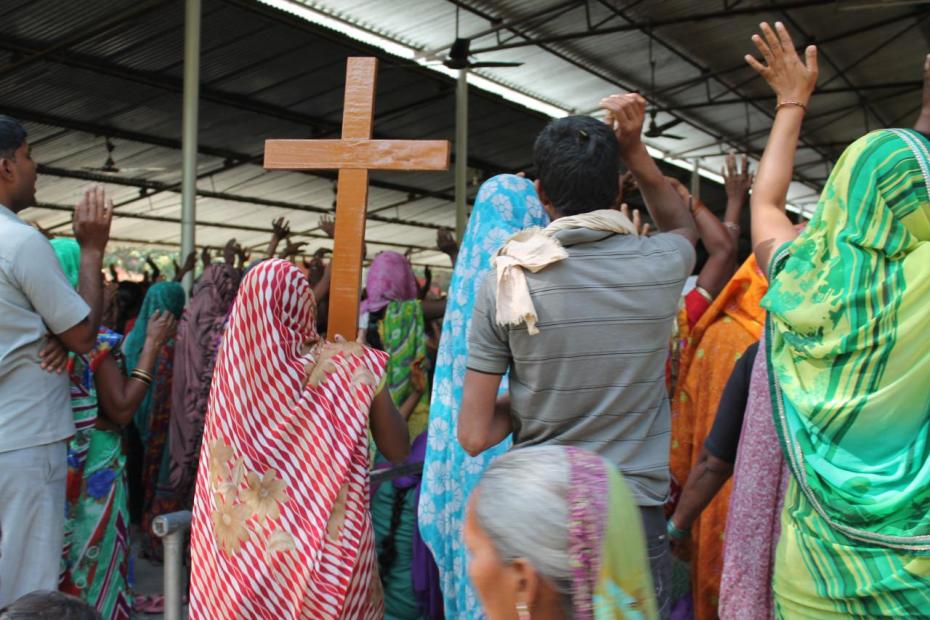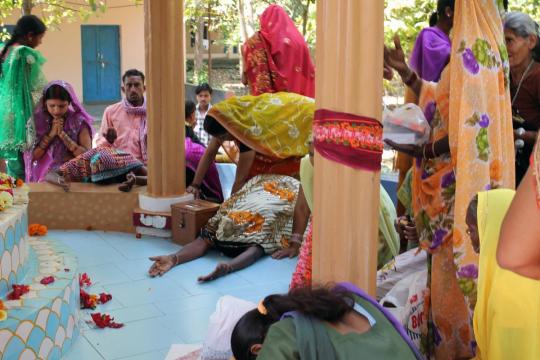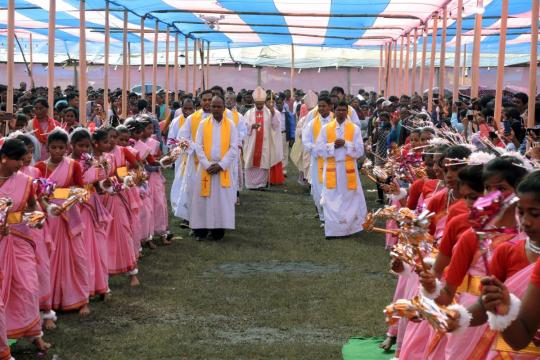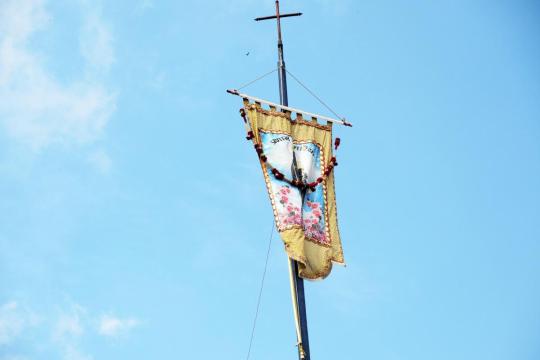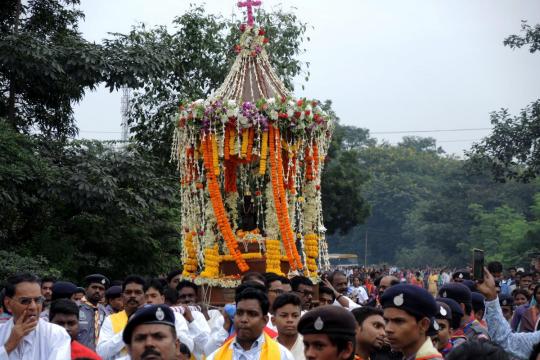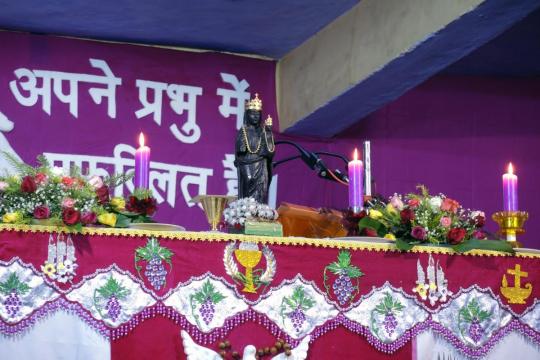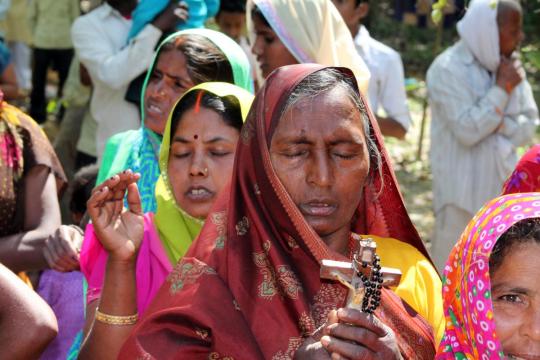Jharkhand and Uttar Pradesh are states in north-central India. Uttar Pradesh, home most famously to the Taj Mahal, is home to 241 million people. It was once a seat of the Mughal Empire, but today it is 80% Hindu and is known as a fountainhead of Hindu culture. The population primarily speaks Hindi dialects, and there are significant numbers of Bhojpuri and Urdu speakers. Our articles on Uttar Pradesh thus far highlight the Matridham Ashram.
In Jharkhand, most of the population of 33 million people lives in rural areas, much of it taken over for mining by large interests from outside the state. More than one-third of the residents of Jharkhand are Adivasis, or “scheduled tribes,” people with local cultures and languages who fall outside of India’s caste system and are recognized by the constitution as disadvantaged. The 2011 census counted about 4% of the population as Christian, and it is generally said that about half or more of these are Catholic. More than ⅔ of the population practices Hinduism, and 13% follow local indigenous forms of religious practice. The people of Jharkhand speak Hindi, Bihari, and tribal languages. Our articles on Jharkhand thus far focus on the feast of the Dhhori Mata, the miraculous mother of the coal mines.
